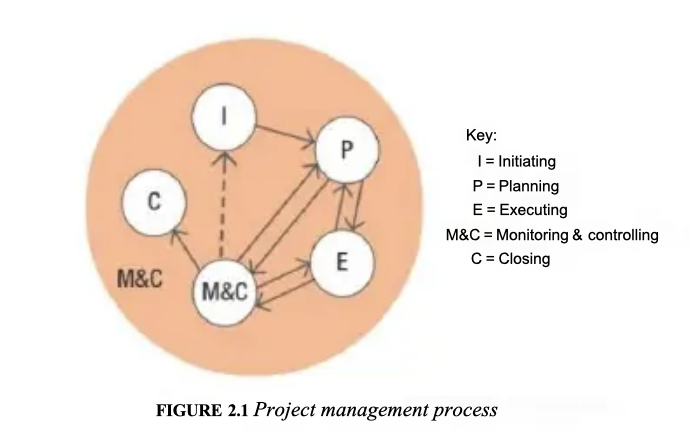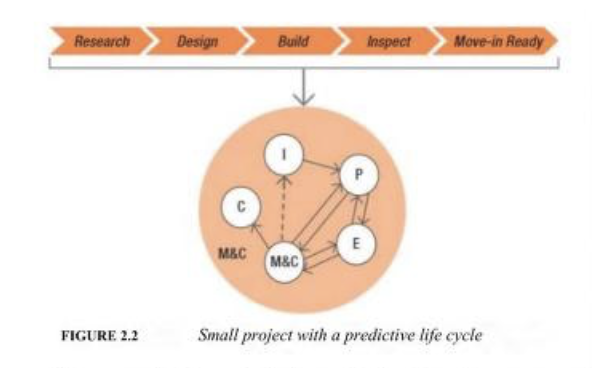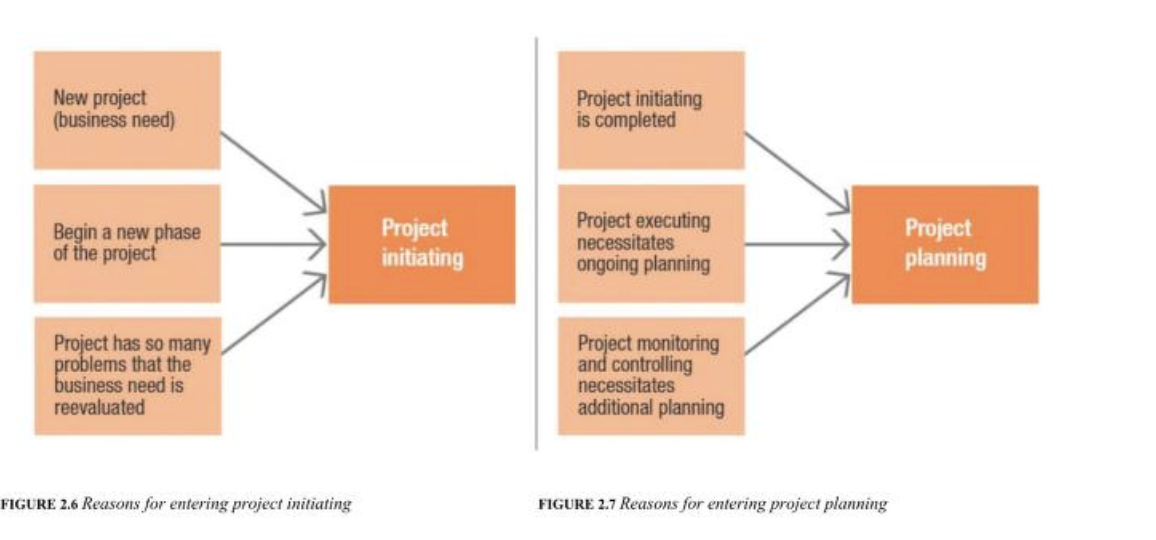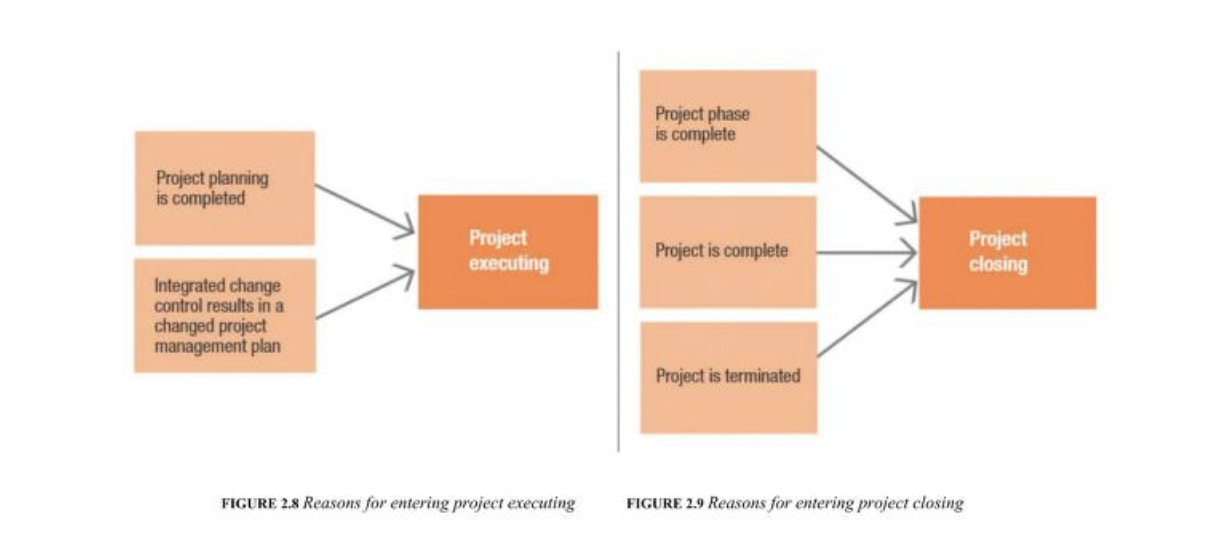The Process Groups Model Overview
PMI recently published Process Groups: A Practice Guide to clarify its Process Groups model, a framework originally introduced in earlier editions of the PMBOK® Guide. This model is familiar to many project managers and remains a cornerstone of project management practice.
The Process Groups model represents a prescriptive, plan-driven approach to project management. Beyond its structured methodology, it serves as an excellent learning framework, making it widely adopted across organizations worldwide. Its longevity and adaptability have led thousands of project managers to use and tailor the model to fit their unique environments.
Understanding this model is especially valuable for tackling roughly 50% of project management exam questions focused on predictive environments. Moreover, the model remains highly relevant in hybrid approaches, blending predictive and agile practices. For these reasons, this book uses the Process Groups model extensively as a foundational learning tool.
The Five Process Groups
The Process Groups model organizes project management into five broad categories that describe how a project progresses from start to finish:
- Initiating
- Planning
- Executing
- Monitoring and Controlling
- Closing
While these groups generally follow a sequence, project management is not strictly linear. Activities often flow dynamically between groups—particularly among Planning, Executing, and Monitoring and Controlling—allowing project teams to revisit earlier steps as needed to address changes or issues.
Monitoring and Controlling is an ongoing process throughout the project lifecycle, ensuring alignment with objectives and enabling timely interventions. Although returning to Initiating is rare, understanding this dynamic interplay is crucial for effective project delivery and exam success.

Alignment with the Project Life Cycle
These Process Groups align closely with the project life cycle phases and their execution varies by project size:
- Small, plan-driven projects: Process groups typically occur once in sequence, though some steps may be repeated as necessary.
- Large projects: Each phase (e.g., feasibility, planning, design, construction, turnover) iterates through all five Process Groups independently. After the initial project-wide initiation and high-level planning, every phase undergoes its own initiating, planning, executing, monitoring and controlling, and closing cycles before progressing.


Phase Gates and Iterations
At the end of each project phase, a phase gate review evaluates phase outcomes against plans to decide whether to:
- Rework the current phase,
- Proceed to the next phase, or
- Terminate the project.
If proceeding, the next phase restarts its own Process Group cycle. Projects may also break phases down into smaller releases and iterations, applying the full management process at different levels of detail. This iterative approach applies across:
- Purely agile projects,
- Plan-driven projects, and
- Hybrid models combining both.

Agile and Hybrid Perspectives
Agile approaches typically avoid the concept of rigid "phases," favoring short iterations with product reviews and retrospectives that support flexible, adaptive delivery. Hybrid models combine:
- Predictive elements (during feasibility, initiation, release planning, and close-out),
- Iterative practices (at release levels).
This blend allows project teams to tailor their management style according to project complexity and context.
Continuous Monitoring and Controlling
Remember, Monitoring and Controlling is continuous—from project initiation to closure. All other Process Groups operate within this ongoing oversight context. For exam preparation, keep in mind:
- Work in Initiating, Planning, Executing, and Closing happens within the continuous process of Monitoring and Controlling.

